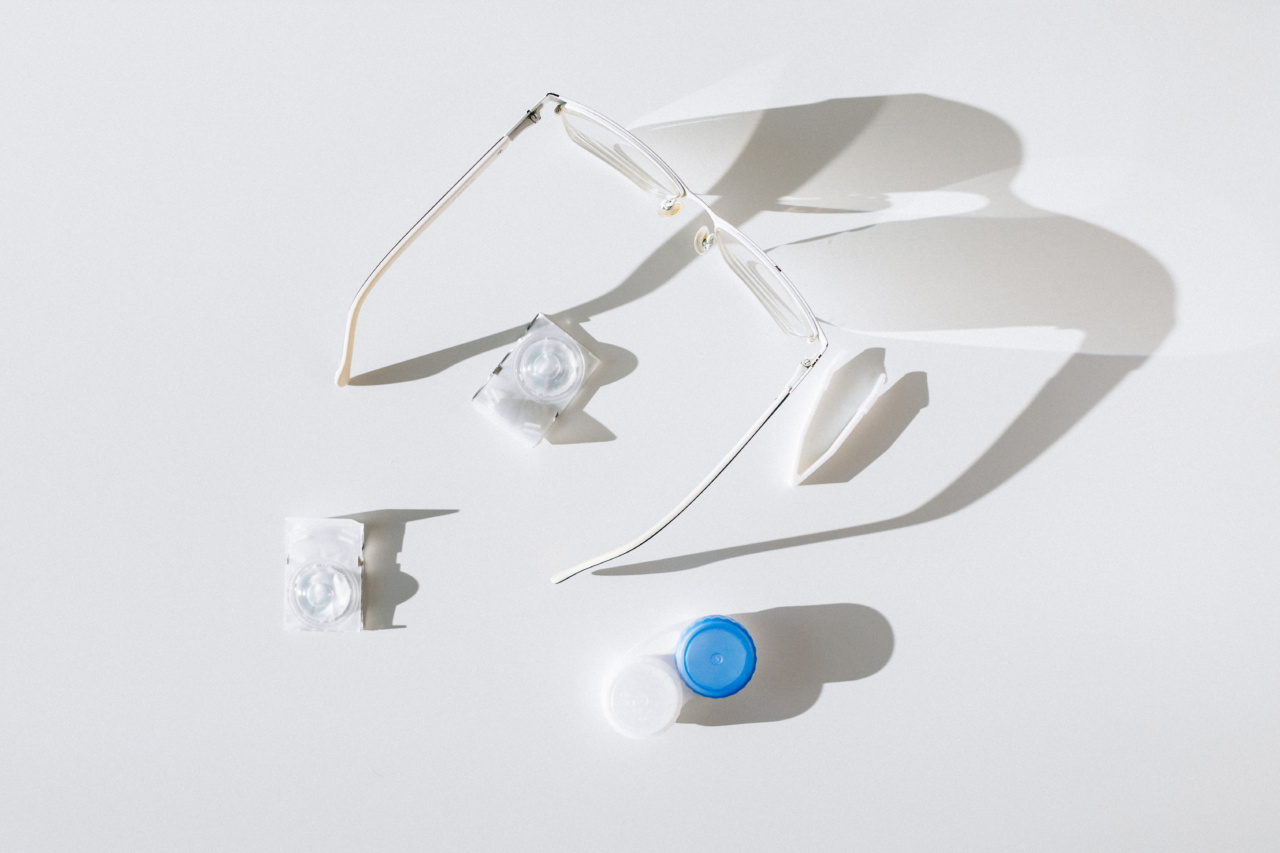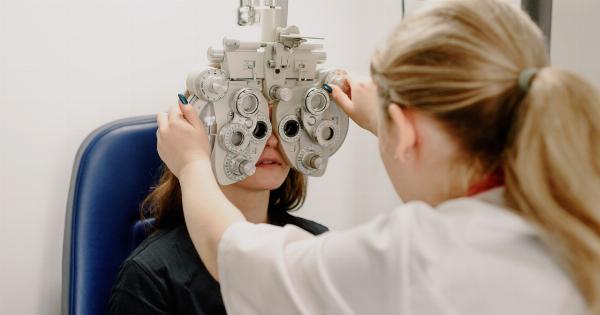Vision loss is a debilitating condition that affects millions of people worldwide. It’s a condition that dramatically impacts the quality of life of individuals with it.
It influences everything from a person’s ability to perform daily tasks to their overall well-being. Despite countless treatments and interventions, many individuals still struggle with vision loss and the resulting impact it has on their lives.
However, there is a breakthrough treatment that has shown a promising result in restoring vision to individuals with vision loss using fiber.
This treatment is called “Fibergiving,” and it has the potential to revolutionize the way we treat vision loss.
What is Fibergiving?
Fibergiving is a treatment that involves using fiber to restore vision to individuals with vision loss. The fiber used in the treatment is made from a biocompatible polymer that is inserted into the eye in a minimally invasive procedure.
Once the fiber is inserted, it interacts with the light entering the eye, creating a microstructured environment that enhances the transmission of light to the retina.
The treatment has shown a promising result in preclinical studies in animals such as rodents and monkeys. It has been shown to improve the visual acuity, contrast sensitivity, and color vision of these animals significantly.
Additionally, the treatment did not result in any adverse effects or complications in these studies, suggesting that it is a safe and effective treatment option.
How does Fibergiving work?
Fibergiving works by creating a new microstructured environment in the eye that enhances the transmission of light to the retina. The fiber used in the treatment is thin and flexible, making it easy to insert into the eye.
Once inserted, the fiber creates an organized structure that matches the architecture of the retina, improving the transmission of light to the photoreceptors.
To understand how Fibergiving works, it’s essential to understand how light travels through the eye and how it’s processed by the retina.
Light enters the eye through the cornea and then passes through the lens, which focuses it onto the retina. The retina is a thin layer of tissue located at the back of the eye that contains millions of photoreceptor cells, responsible for sensing light and transmitting signals to the brain via the optic nerve.
The retina has a distinctive architecture that allows it to process light efficiently.
It’s composed of several layers of cells, including the photoreceptor layer, where light is detected, and the retinal ganglion cell layer, where signals are transmitted to the brain. However, in individuals with vision loss, the retina’s architecture is compromised, resulting in decreased transmission of light to the photoreceptor cells.
Fibergiving addresses this problem by creating a new microstructured environment in the eye that matches the architecture of the retina, enhancing the transmission of light to the photoreceptor cells.
What are the benefits of Fibergiving?
Fibergiving has several benefits for individuals with vision loss. First, it’s a minimally invasive treatment that does not require significant surgery, reducing the risk of complications and the recovery time.
Additionally, the treatment is compatible with other treatments, making it a viable option for individuals who have tried other treatments with limited success.
Second, the treatment has shown a promising result in preclinical studies in animals, suggesting that it is safe and effective.
As a result, it has the potential to provide significant benefits to individuals with vision loss while reducing the risk of adverse effects and complications.
Third, the treatment is relatively simple and straightforward to perform, making it accessible to a wider range of patients. It’s also cost-effective, making it a viable option for individuals who cannot afford more expensive treatments.
Who is eligible for Fibergiving?
Fibergiving is a treatment option for individuals with vision loss due to retinal degenerative diseases, including age-related macular degeneration, retinitis pigmentosa, and Stargardt disease.
Individuals with other types of vision loss may also be eligible for Fibergiving, depending on the cause of their condition.
To determine whether an individual is eligible for Fibergiving, they will need to undergo a comprehensive eye exam and vision test.
If their condition is related to retinal degeneration and the retina’s architecture has been compromised, they may be eligible for the treatment.
What is the procedure for Fibergiving?
The procedure for Fibergiving is minimally invasive and can be performed on an outpatient basis. It typically takes less than an hour and involves the following steps:.
- Step 1: Local anesthesia is applied to the eye to numb the area.
- Step 2: A small incision is made in the eye’s sclera, the white, tough outer layer of the eye.
- Step 3: A thin, flexible fiber made from a biocompatible polymer is inserted into the eye through the incision.
- Step 4: The fiber is positioned in the eye to create a microstructured environment that enhances the transmission of light to the retina.
- Step 5: The incision is closed with stitches or glue.
After the procedure, individuals will need to wear an eye patch and avoid strenuous activity for a few days to allow the incision to heal.
They will also need to attend follow-up visits with their doctor to monitor their progress and adjust their treatment plan if necessary.
What are the risks associated with Fibergiving?
Like all medical procedures, Fibergiving carries some risks. However, the risks associated with Fibergiving are low, and the treatment has shown a promising result in preclinical studies in animals, suggesting that it is safe and effective.
Some potential risks associated with Fibergiving include infection, bleeding, and inflammation in the eye. However, these complications are rare and can be effectively managed with appropriate treatment.
Conclusion
Fibergiving is a breakthrough treatment that has shown a promising result in restoring vision to individuals with vision loss.
It’s a minimally invasive, safe, and effective treatment option that can provide significant benefits to individuals with vision loss due to retinal degenerative diseases. The treatment creates a new microstructured environment in the eye that matches the architecture of the retina, enhancing the transmission of light to the photoreceptor cells.
If you or someone you know is struggling with vision loss, talk to your doctor about Fibergiving today. It’s a simple and cost-effective treatment option that has the potential to revolutionize the way we treat vision loss.


























